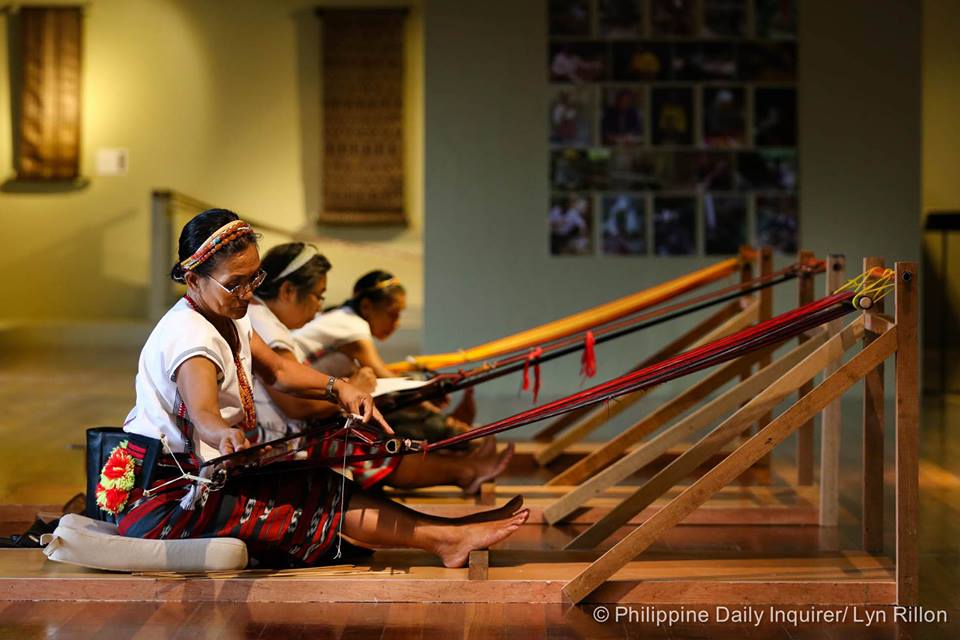Medium-term Strategic Plan for the Conservation of Areas elaborated among the network of stakeholders based on the environmental and socioeconomic diagnosis.
The Plan, which considers a 10-year time frame, was developed by The Nature Conservancy (TNC) based on the implementation of the methodological tool "Planning for Conservation Areas" (PCA).
The plan has five programs, namely:
1. Conservation and Restoration Strategies
2. Sustainable use and management of biodiversity and its ecosystem services.
3. Knowledge and research
4. Empowerment
5. Articulated and shared co-management (participatory environmental governance).
